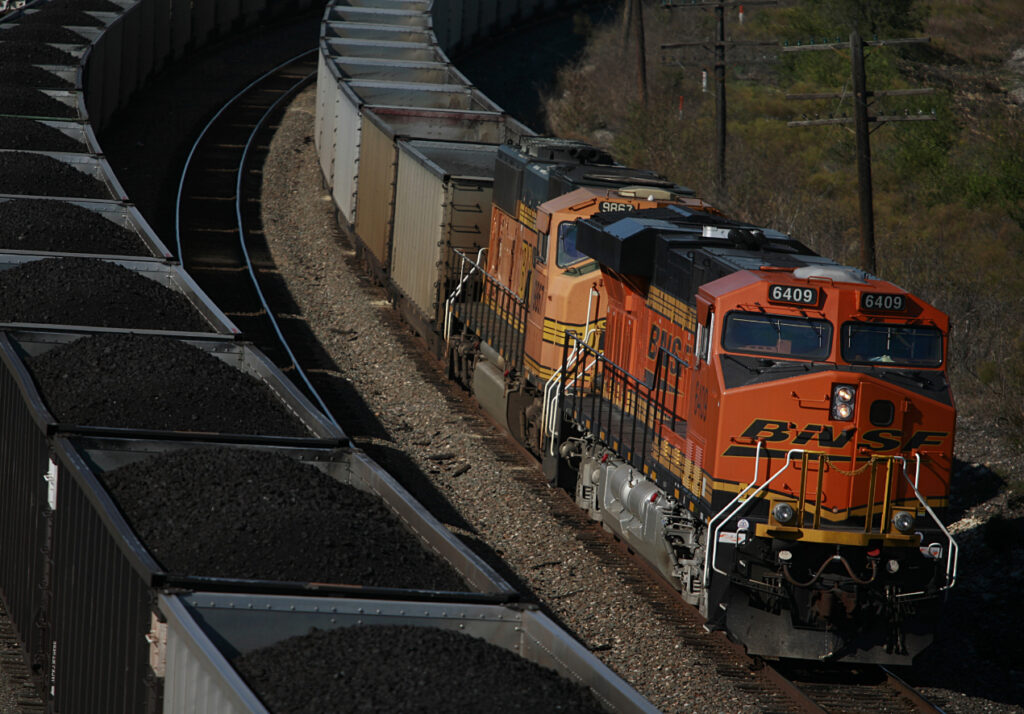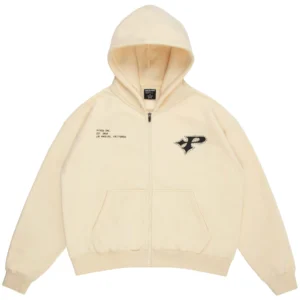In a meticulously orchestrated crime spree straight out of a Hollywood thriller, thieves have stolen over $2 million worth of Nike shoes from freight trains traversing the desolate landscapes of California and Arizona. These audacious heists, carried out over the course of several months, have baffled law enforcement and exposed critical vulnerabilities in the freight transportation system.
Unlike impulsive smash-and-grab thefts, these crimes reflect an operation of precision, planning, and insider knowledge. The stolen cargo, which includes unreleased and highly coveted Nike models, has sent shockwaves through both the shoe community and supply chain security experts. As authorities scramble to identify the perpetrators, the thefts have raised urgent questions about how to safeguard valuable shipments in isolated, surveillance-deficient regions.
This is not just a tale of missing shoes—it is a sophisticated, high-stakes operation that threatens both Nike’s brand integrity and the future of freight security in the United States.
The Anatomy of the Heists: A Well-Planned Operation
At the pithy of this crime spree is the methodical execution with which these train heists have been carried out. Freight trains moving through remote desert areas are particularly vulnerable due to the sheer distance between security checkpoints, the lack of real-time monitoring, and the difficult terrain that makes quick police response nearly impossible.
Exploiting the Desert’s Isolation
California and Arizona’s vast, barren landscapes offer thieves the perfect cover. Long stretches of uncharted desert, devoid of major population centers, make it easy for criminals to board and ransack moving freight trains without immediate detection.
Unlike city-based cargo thefts, where authorities can quickly respond, these desert crimes provide thieves a significant time window to execute their plan and vanish before anyone notices.
Targeting High-Value Cargo
Investigators suspect that the heist was carried out by a well-organized syndicate with access to inside information. Unlike opportunistic looters, these criminals didn’t steal random items; they went straight for Nike shoes, specifically those yet to be released to the public.
This suggests that the thieves:
• Had prior knowledge of the train’s cargo and knew exactly which containers to target.
• Understood the shoe market, realizing that limited-edition and unreleased models are worth far more on the black market.
• Planned their heists around train schedules, ensuring they struck in the most isolated stretches of land.
Precision Execution
Authorities believe the group used sophisticated tools to breach freight containers while the trains were either moving at low speeds or momentarily stopped for track switching. These criminals weren’t simply breaking into random cars—they had the skills to disable locks, remove tracking devices, and unload shipments without leaving significant evidence.
The sheer efficiency of these thefts indicates an operation rooted in expertise, possibly with ties to previous high-profile cargo heists or organized crime rings specializing in haute goods theft.
Why Steal Shoe? Perhaps, The High-Stakes World of Limited-Edition Kicks
At first glance, stealing shoes might not seem as lucrative as robbing banks or looting jewelry. But for those in the know, high-end footwear are as valuable as gold—sometimes even more.
The Underground Shoe Resale Market
The resale value of limited-edition shoes can soar well beyond their retail price, with some rare pairs fetching thousands—or even tens of thousands—of dollars on resale platforms like StockX, GOAT, and Grailed.
The black market for exclusive Nike drops is filled with collectors, sneakerheads, and opportunists willing to pay top dollar for pairs they can’t get anywhere else. By targeting shipments filled with unreleased models, these thieves have essentially stolen a goldmine of rare sneakers that could be sold off the books to eager buyers worldwide.
Harder to Trace Than Traditional Luxury Goods
Unlike jewelry, watches, or electronics, sneakers don’t have serial numbers that allow authorities to track them. With Nike producing thousands of pairs in similar styles, stolen sneakers can easily blend into the market.
For thieves, this means:
• Minimal risk of traceability, as long as they avoid mainstream resale sites.
• A global demand, making it easy to offload the goods in different markets.
• High liquidity, as sneaker resellers operate in a mostly cash-based, digital marketplace.
By striking Nike’s supply chain, the thieves haven’t just stolen sneakers—they’ve hijacked a currency in the streetwear economy.
The repercussions of these heists extend far beyond the missing merchandise. From Nike’s brand strategy to supply chain security, this crime spree is forcing both corporations and law enforcement agencies to rethink their approach.
Nike’s Business Disruption
For Nike, the theft of unreleased shoes is a logistical and strategic nightmare. The brand meticulously plans its launch calendar, orchestrating each drop to maximize hype and demand. When stolen sneakers appear on the black market before their official release, it:
• Dilutes brand exclusivity, as unauthorized sellers get their hands on rare models early.
• Hurts legitimate retailers, who lose revenue if consumers buy stolen pairs.
• Disrupts the hype cycle, which is crucial for sustaining long-term demand.
Nike has yet to publicly comment on the thefts, but internally, the company is likely reassessing its freight security measures to prevent further breaches.
Law Enforcement’s Expanding Investigation
Given the multi-state nature of the thefts, federal agencies may soon get involved. The crimes cross jurisdictional lines, requiring cooperation between:
• Local law enforcement in California and Arizona.
• Railway security teams monitoring cargo shipments.
• FBI units specializing in organized retail crime.
Authorities are now reviewing surveillance footage, train manifests, and potential whistleblower tips to identify the culprits. But given the scale of the operation, it may take months before major arrests are made.
Future of Freight Security: Will This Happen Again?
The Nike heist has exposed major weaknesses in the freight transport system, particularly in rural areas where security is lax. Now, railway companies and major brands are considering drastic measures to prevent future thefts.
Potential solutions include:
• Drones and Motion Sensors: Real-time surveillance to detect unauthorized access.
• GPS-Enabled Containers: Allowing companies to track cargo movements instantly.
• Armed Security Escorts: A controversial but effective deterrent for high-value shipments.
• More Secure Packaging: Sealing shipments in tamper-proof containers.
While implementing stronger security measures will increase operational costs, companies like Nike must weigh these expenses against the risk of losing millions in stolen merchandise.
A Crime That Shook the Shoe World
The theft of over $2 million worth of Nike sneakers from freight trains in California and Arizona is more than just a high-profile robbery—it’s a bold statement about the vulnerabilities of modern logistics.
With insider knowledge, meticulous planning, and a lucrative black market, these criminals executed one of the most audacious sneaker heists in history. As authorities scramble to track down those responsible, the case serves as a wake-up call for both the transportation industry and high-value brands like Nike.
While the stolen shoes may slowly begin surfacing in underground resale markets, one thing is certain—this heist will go down as one of the most daring and sophisticated thefts the sneaker industry has ever seen.
No comments yet.







